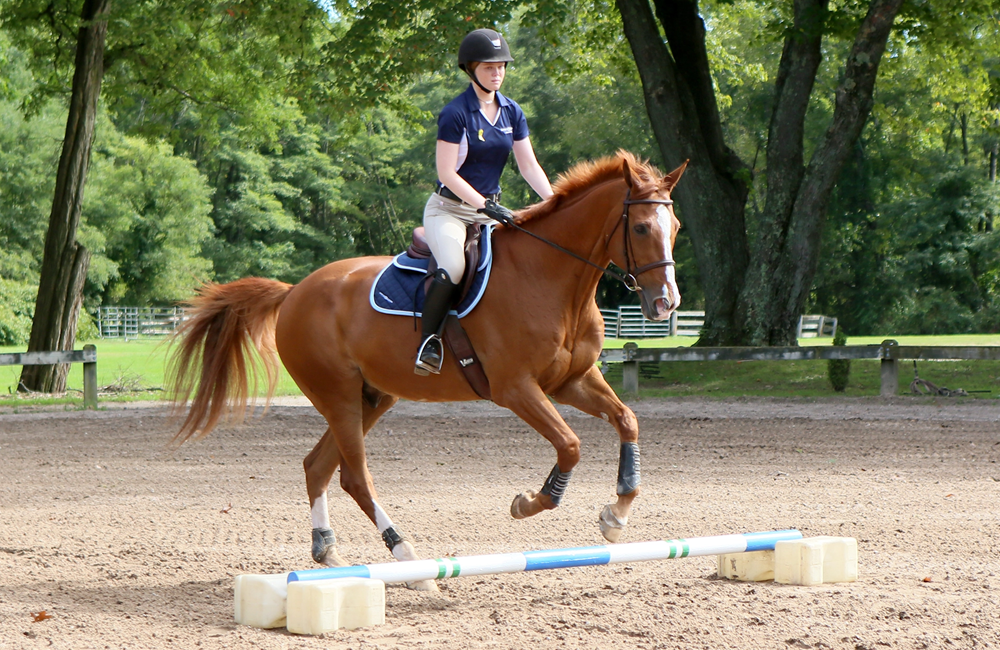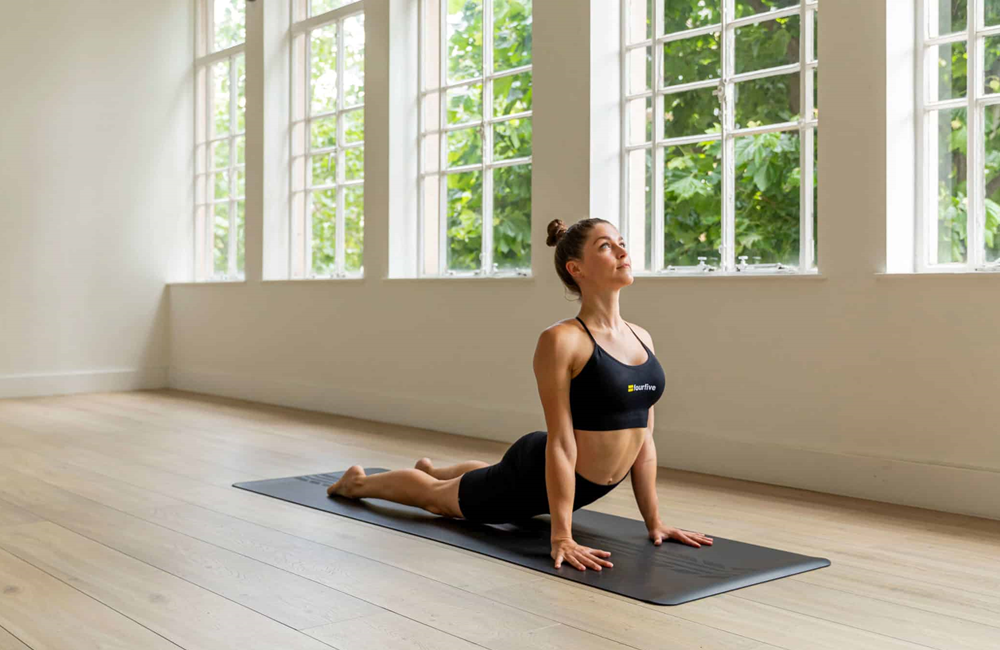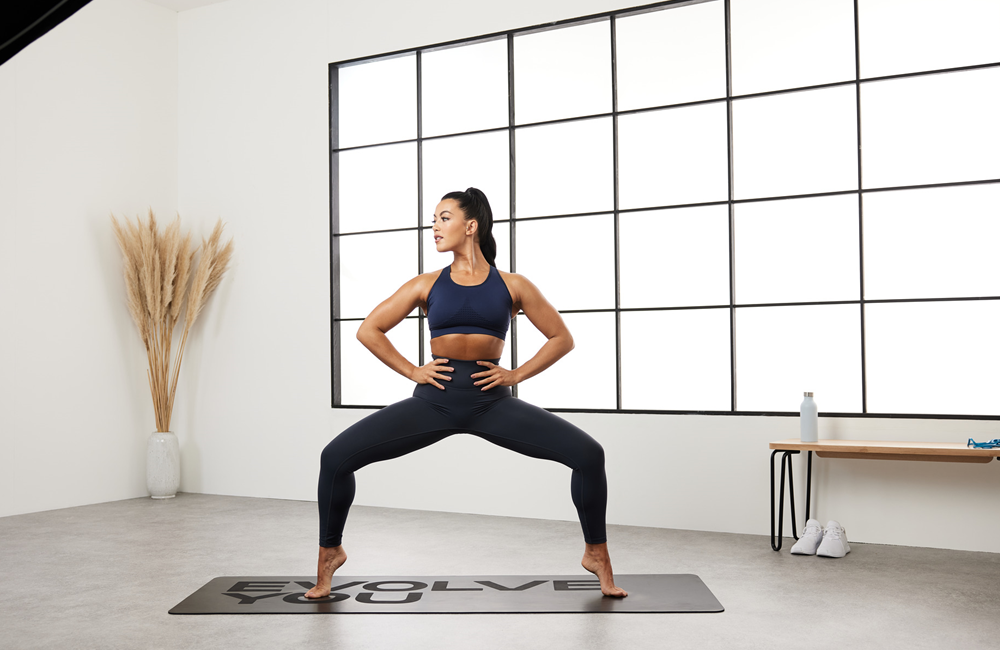- January 24, 2023 7,292 views

High-intensity interval training (HIIT) is a form of cardiovascular exercise that consists of brief bursts of intense physical effort, followed by intervals of light or no activity. An advantage of this type of training is that it can be performed on one’s own schedule.
The Purpose:
High-intensity interval training is an abbreviated workout routine with the goal to make up for the lack of exertion per unit of time with increased exertion during high-intensity intervals, rather than prolonged periods at a lower intensity level. The scientific literature on HIIT is limited, but studies have shown that HIIT may be more effective than continuous low-intensity exercise.
Program design:
Heart rate monitors and stopwatches can be used to track intensity during workouts.

Warm-up – Warming up is important to prepare the muscles for intense activity. An example of a warm-up exercise might be cycling at a moderate pace. The warm-up should not expend the energy needed during the next stage of the workout. A person should reach their maximum comfortable heart rate but not exceed it. Measure your heart rate after a couple of minutes of activity to gauge intensity. If the heart rate is too low, exercise harder. The warm-up and cool-down stages both consist of easy aerobic activity for about 5 minutes.
Interval training – Interval training consists of periods of higher intensity and lower intensity levels alternated for a certain amount of time. The intervals are separated by a period of low-intensity activity (walking, jogging). The duration of the intervals is not long enough for high-intensity exercise, so the high-intensity portion should be performed in a short period between the intervals. High intensity means that you will probably have to exert at least 90% of your maximum heart rate.

Rest periods – A rest period occurs after each phase of exercise. This is important to keep your heart rate from rising too high after exercising. A rest period should be long enough to bring your heart rate back down to around half of what it was in the previous activity. Rest periods typically last 1-3 minutes. Pushing yourself too hard with high-intensity exercise can lead to a long recovery time.
Interval repetition – Interval repetition is how many times you repeat the high-intensity and low-intensity activity. One example would be performing 30 seconds of sprinting, followed by 30 seconds of jogging for 10 repetitions.
HIIT workouts are good for burning fat and increasing aerobic capacity. Because the workouts are short, which means the exertion is high, it is important to perform the exercises at a low intensity. A workout regimen should be completed a few times per week, as there is limited research on the effects of HIIT over time. Also, it should not be used once or twice a week, but as a workout routine (think of speed training).


